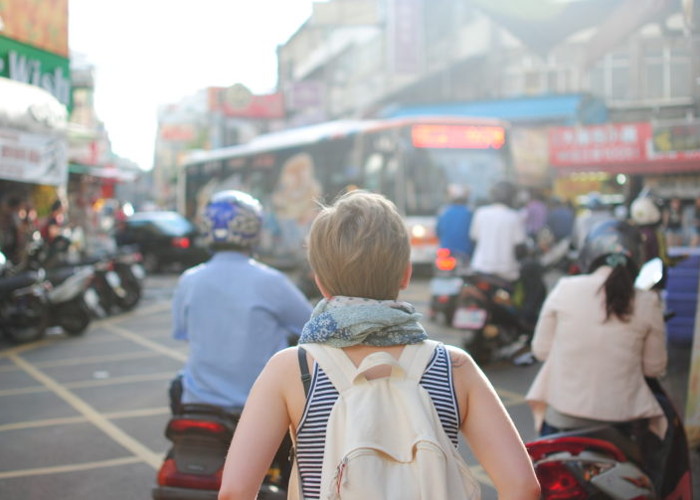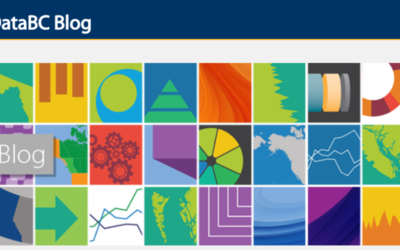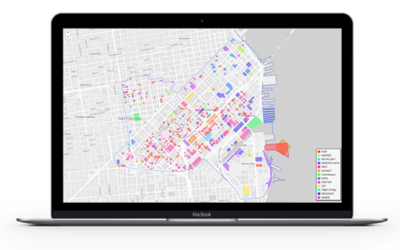3 Ways Uber Changes City Planning
A article on The Verge – Welcome to Uberville gives examples of how cities are supporting Uber. Their goals are to generally help low income and marginalized groups access transit. This effort seems to have a major impact on cities with low density, suburban profiles like Altamonte Springs.
Likewise, this may also be useful for individuals and families who may not be able to live near transit or afford to live in dense areas which have good transit access.
If every city makes affordable on-demand transportation a reality, how might this impact urban planning, economic development and transportation policy in cities?
1. Reversing transit-oriented development
Affordable on-demand transportation could affect density policies. Why live in the city when an Uber car can pick you up at home and, with subsidies from the government, be as affordable as transit?
Transit oriented development assumes densification, transit access and livable communities go hand in hand.
If you can get picked up at your doorstep and get to work without owning a car or without having to take public transit, all at an affordable price, assumptions about modern city planning would change.
2. Shrinking user base for public transportation
If subsidized ride sharing services take off, would transit use decrease? It might be assumed that services like Uber act as a great “last-mile” transportation option. Or, they feed into a hub and spoke model of taking people from homes to transit stations.
However, imagine a scenario where ride sharing services have fleets of autonomous self driving vehicles picking up and dropping off people anywhere.
Public transit revenues would plummet and transit agencies would have to freeze transit expansion projects.
Could a city give Uber $50 million a year to potentially move around everyone in a city rather than spend billions on infrastructure?
3. Increase in vehicle traffic
A fleet of ride sharing service vehicles may lead to increase in traffic. The hope from these companies is that in the long run, people will stop owning cars. Why own a car when you can get anywhere affordably just by using an app?
However, in the short term, cities may be grapple with increased urban traffic and traffic congestion. Cities will need to rely on measurable data to assess this potential.
This is all hypothetical of course. Ride sharing services and self-driving cars may just be one option in a multi-modal environment. However, unless cities are seriously thinking about these issues and tracking the data, they may be caught off guard.


